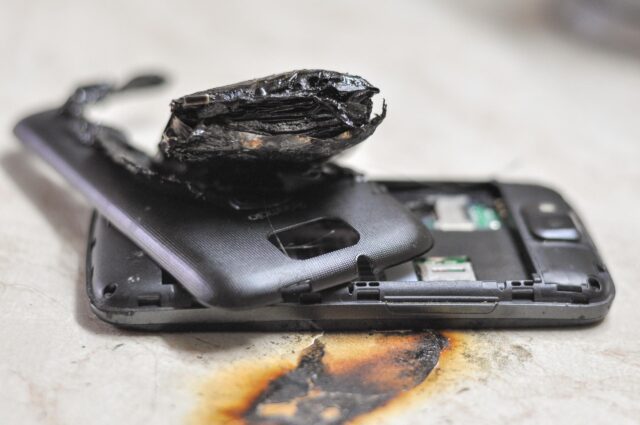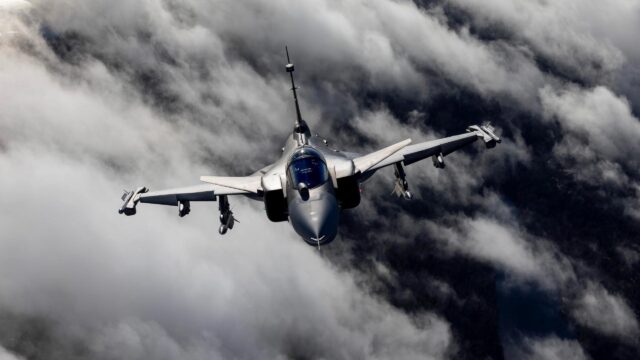Half of air passengers wrongly pack lithium batteries in checked bags, IATA warns

October 16, 2025

With lithium battery fires now among the fastest-growing in-flight safety threats, the International Air Transport Association (IATA) has launched a new global awareness campaign to educate passengers on how to travel safely with their electronic devices.
The initiative, titled Travel Smart with Lithium Batteries, sets out seven practical rules for handling smartphones, laptops, power banks, and other devices containing lithium cells. It aims to close the gap between passenger confidence and actual compliance with air transport safety standards.
IATA’s own research shows that nearly every traveller now boards with multiple lithium-powered devices: 83% carry a phone, 60% bring a laptop, and 44% a power bank.
Yet, despite this ubiquity, many passengers misunderstand the rules.
While 93% believe they know them, half incorrectly think that small lithium devices can be packed in checked baggage, and 45% believe power banks can also go in the hold. A third of travellers are unaware of power limits for spare batteries.
Rising lithium battery fire risks prompt global safety action
The campaign follows a sharp rise in lithium-related incidents on aircraft. In the first six months of 2025, the U.S. Federal Aviation Administration (FAA) recorded 38 cases involving smoke, fire or extreme heat from lithium batteries on passenger and cargo flights.

Last year saw a record 89 such incidents, a tenfold increase compared with a decade ago. Airbus has also described the risk as a “significantly growing threat” due to the proliferation of portable devices carried on board.
Airlines are responding in various ways. Emirates, Qantas and British Airways have embedded reminders about battery carriage in their pre-flight safety messages, while Singapore Airlines restricts the carriage of high-capacity power banks exceeding 100Wh without prior approval.
IATA’s seven steps for safe travel with lithium batteries
IATA’s Travel Smart with Lithium Batteries campaign distils its guidance into seven key rules:
- Pack only essential devices.
- Keep batteries and devices in hand luggage.
- Protect spare batteries using original packaging or terminal tape.
- Report damaged, overheating or swollen devices.
- Remove devices from luggage if it is gate-checked.
- Confirm airline approval for larger battery-powered items.
- Check for airline-specific variations before travelling.
To support implementation, IATA is releasing multilingual digital materials for airlines, airports, and travel partners to share on websites, booking confirmations and social channels. A short animated video illustrates the key safety steps.
“Lithium-powered devices are safe when handled properly, but they can pose a risk if damaged or packed incorrectly,” said Nick Careen, IATA’s Senior Vice President, Operations, Safety and Security. “As more travellers fly with these devices, our campaign will help airlines educate their passengers on the simple rules they must keep in mind when travelling with the electronic devices that have become an essential part of their daily lives.”
IATA, ICAO and airlines align on lithium battery safety standards
The initiative forms part of IATA’s broader effort to harmonise lithium battery transport regulations in partnership with the International Civil Aviation Organization (ICAO) and national regulators. The association plans to repeat its global passenger awareness survey in 2026 to measure the impact of the campaign.

By raising awareness and promoting simple preventative measures, IATA hopes to curb one of aviation’s fastest-growing safety concerns and to ensure that the electronic devices passengers rely on every day remain as safe in the sky as they are on the ground.
Featured image: Justoom / stock.adobe.com
















